Weego Crankenstein, serious jumpstart pack with 24v capabilities
 Weego’s Crankenstein is the first lithium chemistry jumpstarter under $1,000 that can start large 24v diesel engines, and its intuitive display with multiple powering options are noteworthy features that will hopefully come to more modestly priced designs. My testing started in an unusual way and while my first test turned out not to be a big diesel it did offer a nice glimpse of the 9-pound, 12x6x8 inch Crankenstein’s always ready design.
Weego’s Crankenstein is the first lithium chemistry jumpstarter under $1,000 that can start large 24v diesel engines, and its intuitive display with multiple powering options are noteworthy features that will hopefully come to more modestly priced designs. My testing started in an unusual way and while my first test turned out not to be a big diesel it did offer a nice glimpse of the 9-pound, 12x6x8 inch Crankenstein’s always ready design.
As I left the St. Pete Beach, FL post office where I picked up the C-154 Crankenstein ($699 list price) I saw the car behind me had their hood up and a couple looking under the hood with forlorn expressions. After the couple asked if I could give them a jump, I smiled, told them I thought I could and tore into Weego’s shipping box. Opening the box revealed the Crankenstein with 29% charge; I hoped this was enough charge, put the clamps on the car’s battery, and pressed the 12v button on the Crankenstein. The OLED display told me it was ready to go and so I told the driver to give it a try. The engine jumped to life and started right away, and if the sound of the starter was any indication, the 29% charge was more than enough. Crankenstein had passed its first test and proved it’s usefulness within minutes of picking it up.
As Ben Ellison mentioned during his 2015 test of Weego’s $150 Jump Starter Pro, lithium ion jump starters pack a lot of oomph into small and surprisingly lightweight packages.
Because of the way I’d first used Crankenstein I hadn’t paid much attention to the intuitive display and well thought-out safety features that make using it easy and apparently foolproof, but that display is a major difference between this and any other jump starter I’ve used. Crankenstein has a lot of safety features to prevent reversed polarity, sparking, overheating, over current, and short circuit problems. The display will tell you if you’ve done something wrong, walk you through what steps to take, display the current mode of the unit and serve as a voltmeter for batteries connected to the clamps. I tried several tests and never saw a spark no matter what stupid things I did with the clamps. With two Lithium iron phosphate (LiFePO4) battery packs –used in parallel for 12v and series for 24v starting– and the ability to deliver 5,000 peak amps, those safety features are pretty important.
Jumpstarting a dead battery with Crankenstein is pretty simple. With the unit off you connect the clamps to the positive and negative posts. Both the clamps and the cables are color coded but even if you make a mistake and reverse polarity it will report a reverse polarity error and safely prevent any current flowing.
Once the connection is made the unit will evaluate the quality of the connection between the power pack and the battery. The unit comes with nice clamps that open wide and have substantial squeezing force to them, so the only way to I could get one bar on the connection quality graph was by attaching the clamp to a small conductor coming off the battery. Evaluating and displaying the quality of the connection will save a lot of time and failed start attempts. Once a solid connection is made you will also see the VB reading in the lower right corner of the display reflect the voltage of the connected battery.
To start a 12v or 24v system you simply press the button on the top of the unit corresponding to your required voltage. Weego also says the Crankenstein can be wired in series with an existing battery to allow starting a 24v system with only one good 12v battery. The unit does require a battery be present in the circuit in order to supply voltage, so I wasn’t able to try starting my 12 liter inline-six diesels using only the Crankenstein.
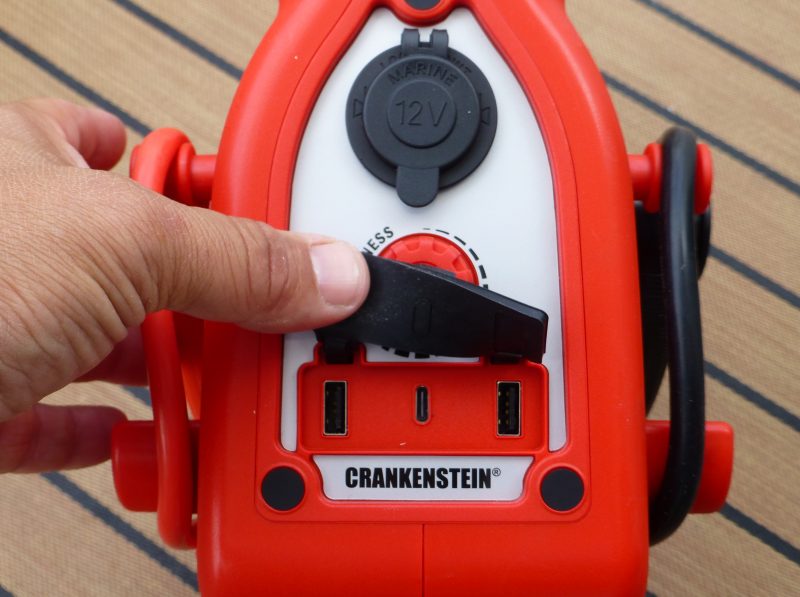 The batteries in the unit are charged via USB-C and the center USB-C port visible above can be used for charging and for power delivery to connected devices. Weego uses the USB-C Power Delivery spec to charge the unit at 45 watts. It took about four hours to bring my sample from 29% to 100% state-of-charge. When used to charge a connected device the USB-C port delivers between 5 and 20 volts at 2.3 to 3.0 amps. The two USB-A ports on either side of the USB-C ports are capable of delivering 3.6-15 volts at 1.5-3.0 amps. Weego uses what they call Detect-o-Matic on all the USB ports on the Crankenstein to detect and engage all compatible forms of quick charging. The cigarette lighter style receptacle at the top of the unit can deliver up to 15 amps at 12 volts. The USB port assortment coupled with broad fast charging and power delivery specs really increases the utility of the unit. That USB-C port paired with Crankenstein’s 154 watt-hour battery means a Macbook Pro could be charged 3 times while a Microsoft Surface go could be charged 6 times on a single charge of the Weego.
The batteries in the unit are charged via USB-C and the center USB-C port visible above can be used for charging and for power delivery to connected devices. Weego uses the USB-C Power Delivery spec to charge the unit at 45 watts. It took about four hours to bring my sample from 29% to 100% state-of-charge. When used to charge a connected device the USB-C port delivers between 5 and 20 volts at 2.3 to 3.0 amps. The two USB-A ports on either side of the USB-C ports are capable of delivering 3.6-15 volts at 1.5-3.0 amps. Weego uses what they call Detect-o-Matic on all the USB ports on the Crankenstein to detect and engage all compatible forms of quick charging. The cigarette lighter style receptacle at the top of the unit can deliver up to 15 amps at 12 volts. The USB port assortment coupled with broad fast charging and power delivery specs really increases the utility of the unit. That USB-C port paired with Crankenstein’s 154 watt-hour battery means a Macbook Pro could be charged 3 times while a Microsoft Surface go could be charged 6 times on a single charge of the Weego.
Weego’s decision to use USB-C may seem like a small one but it’s huge to me. My boat is full of power adapters that each support one device. It’s just about automatic that when it comes time to find a rarely used adapter I need to open every cabinet and bin to hopefully find the right adapter. With Weego’s use of USB-C I’m just about guaranteed to have a charger and cable that will work, even if I’ve misplaced the original.
The Crankenstein has a 1,000 lumen focusing LED light on the front end which Weego says will last from 15-30 hours on a full charge depending on brightness. Brightness is controlled by a knob on the back of the unit and power and modes are selected using the light button on the top of the unit. The light can be on steadily, strobing, or blinking SOS.
Weego says their testing has shown the Crankenstein loses between 3 and 5% charge per month sitting (they also mentioned they’re usually seeing much closer to 3% than 5%). The worst case means that if the batteries sat for 12 months without a top up charge they would still be around 55% state-of-charge. One of the advantages of LiFePO4 battery chemistry is the ability to deliver nearly full voltage to a very low state-of-charge, so at 55% SOC it shouldn’t have any troubles starting an engine even after a year of sitting.
Weego nicely routes and stores the cables and clamps for the Crankenstein. They include both 110 and 12 volt 45w USB-C chargers and a USB-C to USB-C cable for charging the unit. They also include a nylon bag in which to store the accessories, though I wished there might be a small compartment within Crankenstein to store them. I realize with the small overall dimensions of the unit this might not have been possible without making the unit larger.
There are cheaper jump start packs out there, such as the lead acid powered, roughly $350 JNC1224 shown above. But, the lead acid jump starters I’ve found are larger, heavier (4x the weight of Crankenstein), less refined, and much less safe than any of the lithium options. At $700 the Crankenstein isn’t cheap, but compared to the only other 24 volt lithium chemistry based charger out there it’s a bargain. The Noco GB500 checks in with a list price of $2000, weighs 19.25 pounds, and measures 18 x 15.5 x 17.6 inches. Although the Crankenstein (and GB500) have a premium price tag they present a level of portability and power that isn’t available from any less expensive unit.
I’m hopeful we will see many of Crankenstein’s capabilities, and that informative display, on less expensive and 12v only jump starters. Weego has introduced the Crankenstein on their pro site, showing an awareness its best fit is for those who have a consistent call for all its capabilities. I think the 9 pound Crankenstein would be a big plus for any boat-yard, mobile service professional or well-prepared cruiser.



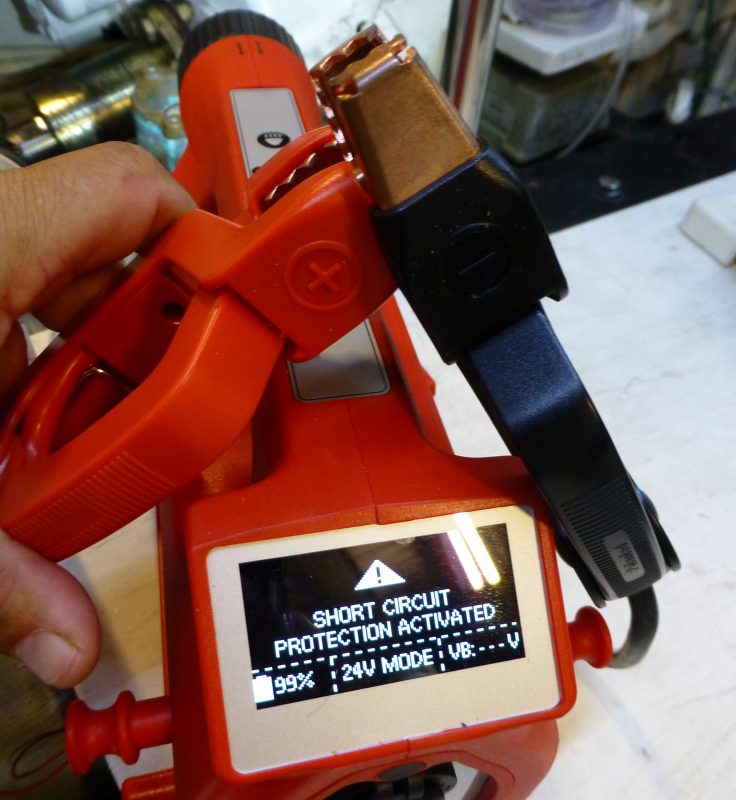
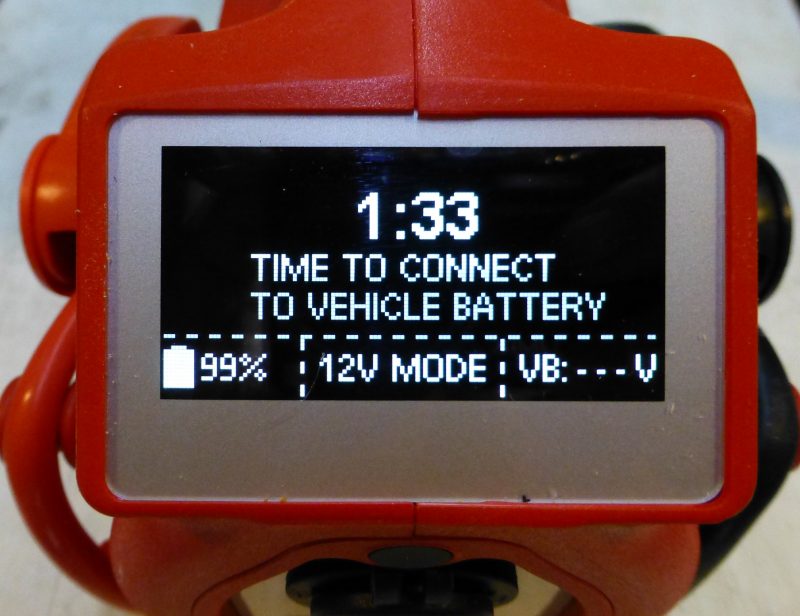
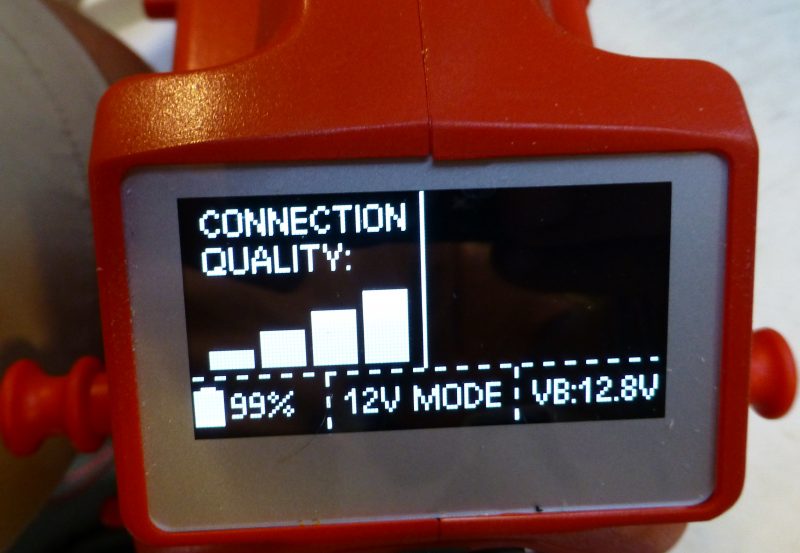
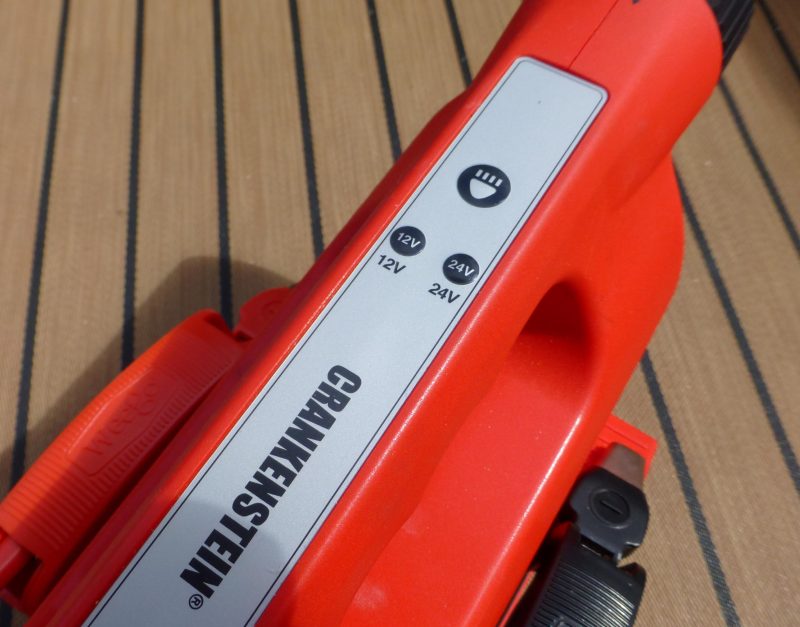

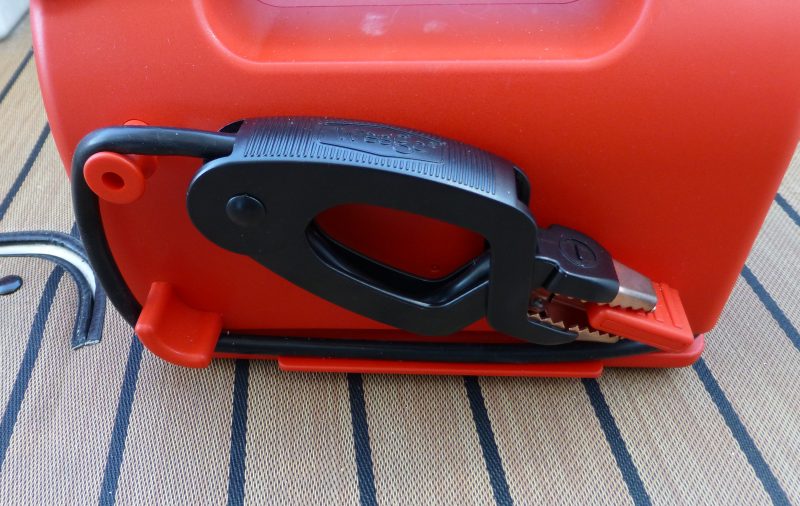

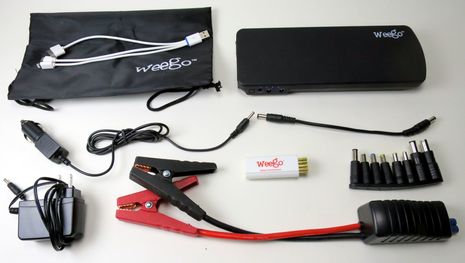










I don’t normally write about sales, but damn… The Weego Tour 10400 battery pack I bought a year ago to keep my (fast charging) phone, (amp hungry) iPad and other stuff charged when I’m on the road or water is easily worth the $30 cost. But now you can get two for the same $30, free shipping too:
https://myweego.com/product-category/all-products/battery-packs/
Incidentally, I’ve tried many other battery packs and none are as well designed and made as Weego’s.
Ben & Ben, as always thanks for the good review from the real world.
I’m looking for some feedback from the Panbo community on an idea that I have regarding these Li jump start devices.
Situation: I have a 39 foot sailboat with the typical setup – a Lead Acid start battery and a 300Ah LA house bank. I’m looking to simplify my electrical system and add capacity to the house bank. Space is very tight, and being a sailboat anything to reduce weight is desirable. And of course, cost is often an issue. The auxiliary is a 3JH5E Yanmar, 29 HP. It starts easily every time.
Idea: Eliminate the LA start battery completely and just use a Li Jump Start device like a small Weego or Noco GB40. I could permanently wire it in place. It has BM and 12VDC charging already built in. It would only be connected to the starter & solenoid to insure that no back charging or draining takes place when not being used for starting. A parallel switch could allow the house bank to be used for backup starting. This also frees up space to add another battery to the house bank. These devices are relatively inexpensive considering all that you get.
I’ve googled extensively and have not been able to find any information on this approach. Alternately, I could drop in a Li motorcycle battery like some motorcyclists do, but even that seems like overkill for my little 29HP engine, and more expensive. And might require a special Li battery charger.
Q: So, Panbo readers… what am I missing here?
Do these jump start devices HAVE to be connected to a “dead” battery for them to work? Or can they start an engine by themselves? What other thoughts, ideas, concerns do you have?
Mic, I tested one of the earlier and smaller Weegos and one of its safety features is that it had to detect reasonably good connections, positive and negative, to a battery that was at least slightly alive before releasing a jolt of current, and I’m pretty sure the Crankenstein screens above indicate similar. The feature is mentioned here:
https://myweego.com/faqs/
Yes, that makes a lot of sense as a safety feature, e.g. preventing shorts. (Also, we wouldn’t want little Johnie hooking it up to the dog’s ears)
I suppose that a diode from the house bank to the Weego could provide that voltage.
Or better, maybe just drop in a small Lithium Motorcycle Battery with Smart BMS. Like this one: https://www.amazon.com/Supersmart-Lithium-Battery-8-0AH-480CCA/dp/B07JY71Z7D?th=1
150 CCA should be enough to power the 1.4kw starter. Hopefully the internal BMS is smart enough to handle the charging (with the existing ACR), without having to buy a special charger with a Lithium charge profile. Although the reviews are mixed, $100 is about the right price.
You beat me to it. I was going to suggest just the same sort of concept of a small battery to be augmented by either the house bank or a jump-start pack.
What size battery are you currently using as your engine start battery? I wonder if there’s some middle ground by going down in size on your engine start battery but maintaining a size adequate to start the the engine with a healthy battery. You might lose some of your margin for error but again, that can be provided by the jump-start pack.
I’m not a big fan of the idea of modifying any of the jump-start packs for alternator charging or other modifications. It seems to me that you don’t know the programming of the BMS and providing something other than what it’s expecting could yield poor results.
-Ben S.
I seem to remember (I’m not at the boat) that the current start battery is a run-o-the-mill LA G27 starter battery, at least 500-600 CCA.
I generally agree that modifying something like a jump starter is probably not a good idea for most people. And taking a nice new lithium jump starter and hacking it goes against my sensibilities. So we’ll drop that idea… for now. 😉
I’ll see if I can borrow a motorcycle battery and see how that works. And have a jump starter on board as backup. Good project for this summer, if we aren’t still on lockdown here in WA. I’ll report back here any conclusions.
Or here’s another idea. Just eliminate the start battery and use the house bank for starting. It would be rare that the house bank would be fully discharged. (I keep a pretty close eye on it) But if it were, then use the jump starter. ??
I think you could do that and it would work fine. The biggest downside there being all your eggs in the one house bank basket. If you flatten that bank you have no power and no ability to start your engine to make more. You may well be able to work around that with a jump-start back. But, if your relatively large house bank is dead you run the risk that the batteries end up absorbing the electrons you intended go start your engine.
That said, I think you could experiment with several options. If a small motorcycle or yard tractor battery will start your engine you have a lot of options.
For what it’s worth, I have the same debate on a larger scale on Have Another Day. Each of my two engines uses two 8D batteries to start. That’s over 300 pounds of batteries per engine and lots of energy storage sitting wasted the vast majority of the time. I haven’t had the opportunity to talk to many engine manufacturers but I have a theory that start battery requirements are intentionally very conservative to reduce the likelihood of being stranded.
-Ben S.